There are 10 available maps to choose from when you start Cities: Skylines 2 — and picking one can be overwhelming. There are lots of details to wade through, such as terrain types, outside connections, and available resources. Here are the best maps for beginners in Cities Skylines 2.
The Best Maps for Beginners in Cities Skylines 2
While I’ve listed the four best maps I think you should try as a beginner below, it’s also worth making one important point: pick whichever map you think you might like the best. The beauty of Cities: Skylines 2 (and its predecessor) is working with the creative canvas at your disposal.
Some maps are harder to get started on than others, but all are viable. Here, the maps that I’m calling the best are the easiest to jump into because of their buildable areas, connections to other cities, and available resources.
Sweeping Plains

Sweeping Plains doesn’t have the most buildable area out of the 10 maps, but it has plenty of access to roads and natural resources, making it a nice choice for beginners. You’ll find most of your water supply at the coast or through groundwater and the small river winding through the beginning tile. The main caveat here is that I often end up running out of water quickly on this map, having to spend map tiles to reach the coast.
There’s also a bit of fertile land on your starting tile, with oil nearby to the north, letting you get two Specialized Industries going early for more revenue. Additionally, the road setup makes it easy to expand without complicated designs, and it’s close enough to the coast that you can build a Cargo Harbor and have it ready to go without many issues.
Great Highlands
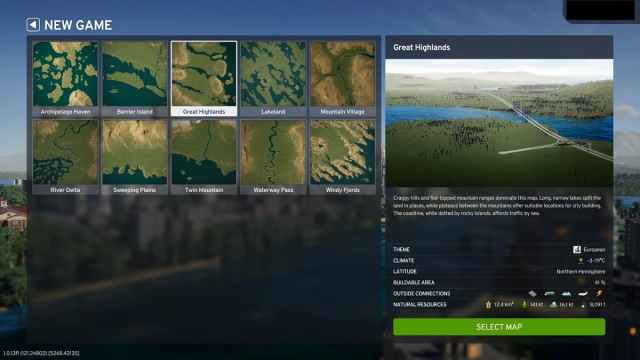
Great Highlands isn’t the easiest map to work with, but it offers a lot of buildable area, plenty of water access, a variety of outside connections, and a ton of ore that you can harvest with Specialized Industries very early in a build. The difficulty with this map is the mountain ranges and the elevation throughout the early tiles. Quite a few areas make it tough to build roads because of the terrain, quickly forcing you to use overpasses and tunnels, as well as strategy to build neighborhoods and blocks evenly. This map is worth trying if you want a bit of a challenge and plenty of benefits to work with.
Lakeland
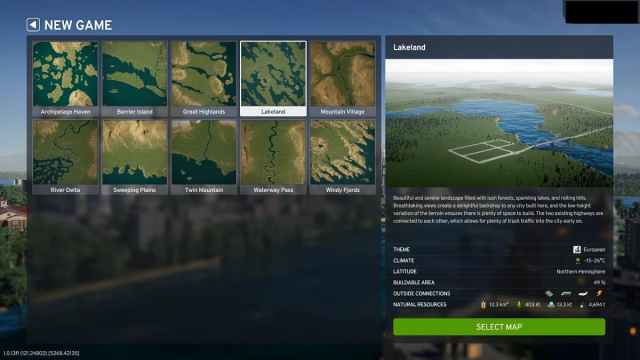
Lakeland has plenty of buildable area, and there’s no shortage of water for your city. This is my personal favorite Cities: Skylines 2 map. You get two highways to start with, so you have great connections right away. There are also a lot of resources for Specialized Industries like forestry. The biggest difficulty is building near the water and figuring out a decent road layout. I also had a few flooding issues with this map, so I learned to keep my city at a bit of a distance from the water. Keep that in mind if you’re hoping to build a dam.
Waterway Pass
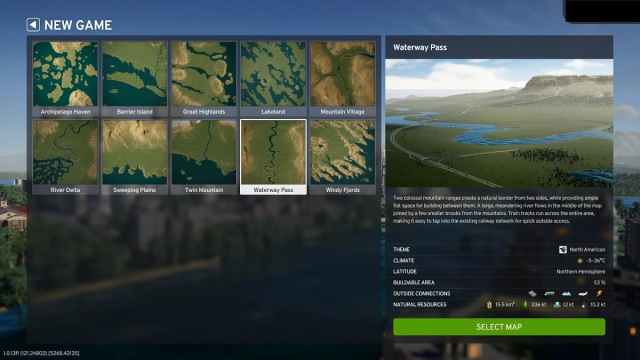
The map with the most buildable area, Waterway Pass also has plenty of access to water. Additionally, you get a rail line that you can tap into relatively early on. This makes building trains easier since you have some infrastructure to work with, and you can set up a Cargo Terminal to help with exporting.
As for natural resources, you have plenty of ore and oil to work with here. Overall, this is the map that I’d suggest to beginners first since it’s friendly for starting out if you aren’t sure what you’re doing. You get a lot to work with and help your city without the negatives of a map like Great Highlands’ mountains getting in the way of building.
And those are the best maps for beginners in Cities Skylines 2. However, you might find that you prefer working with other maps that are considered a bit more difficult, and that’s totally fine! From here, check our CS2 guide hub for more topics like 10 tips for beginners or how to set district and city policies to address issues you might run into.

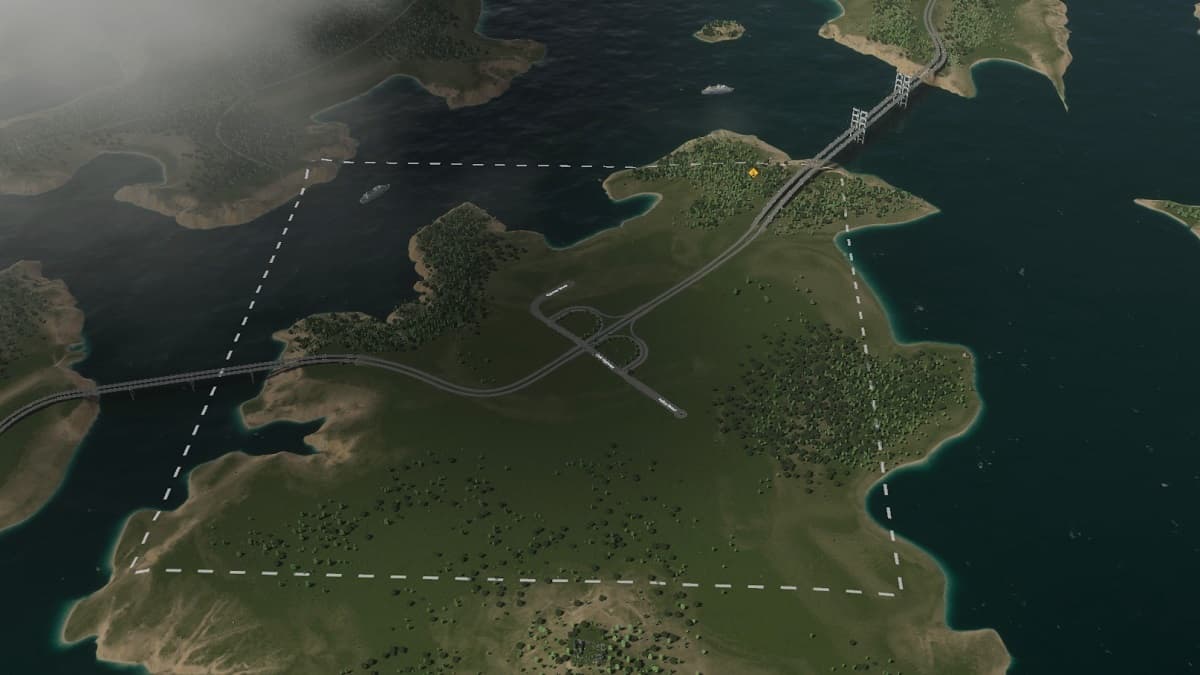



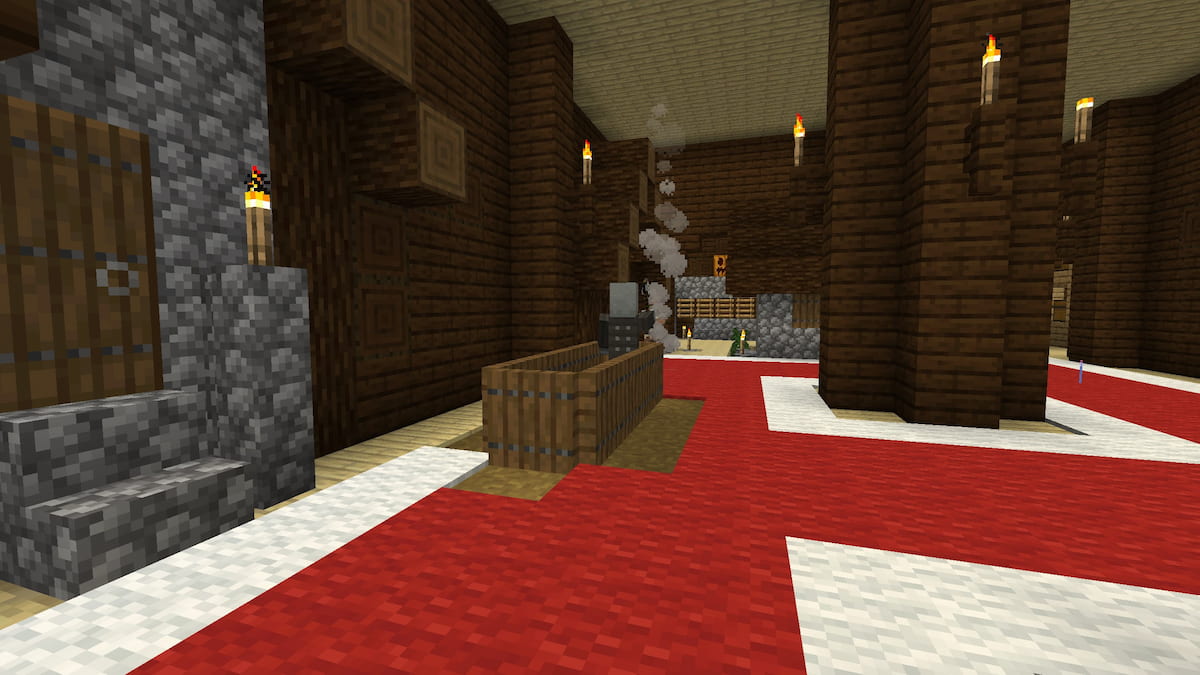
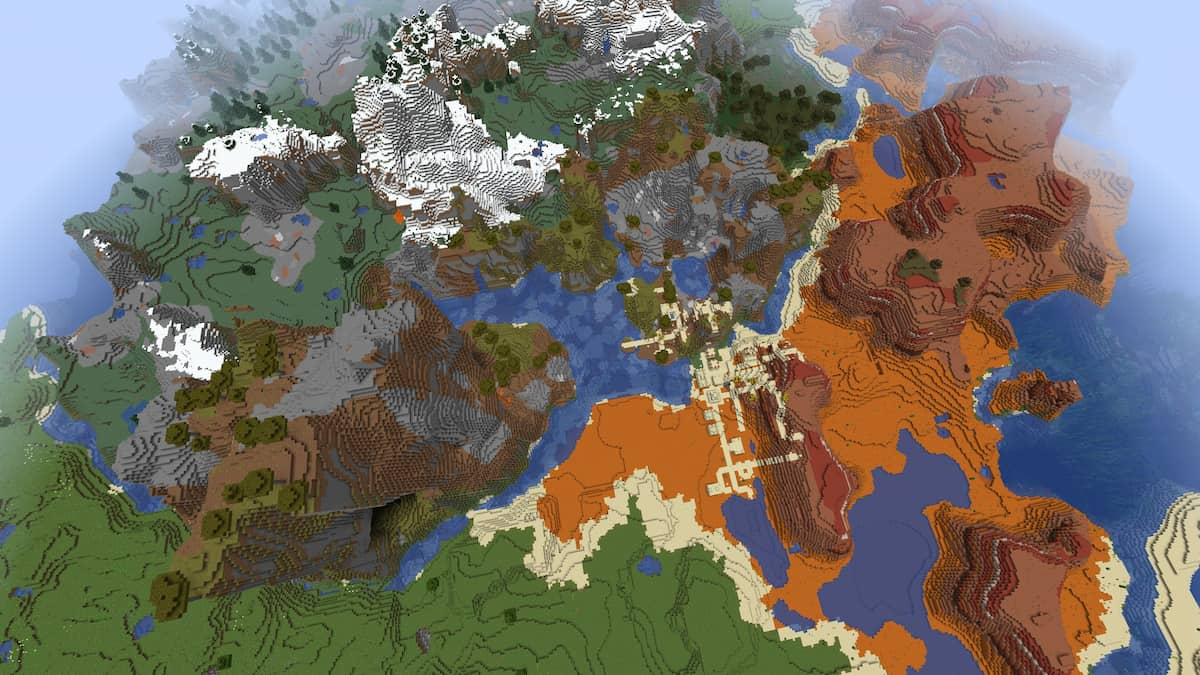
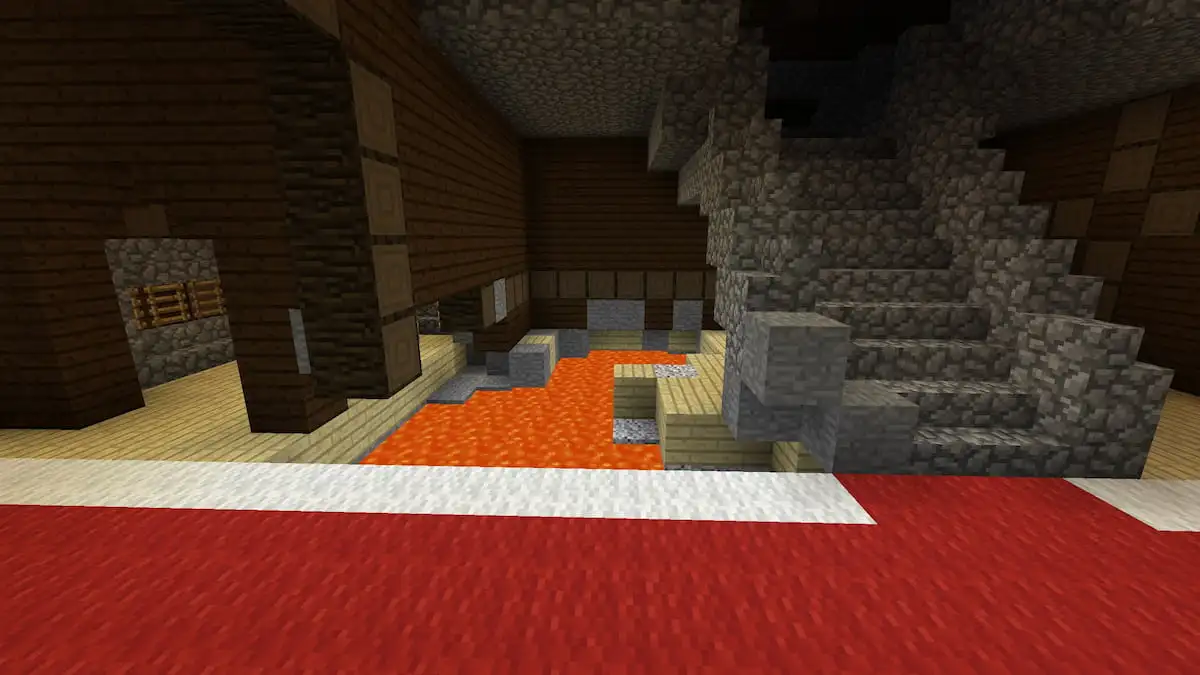
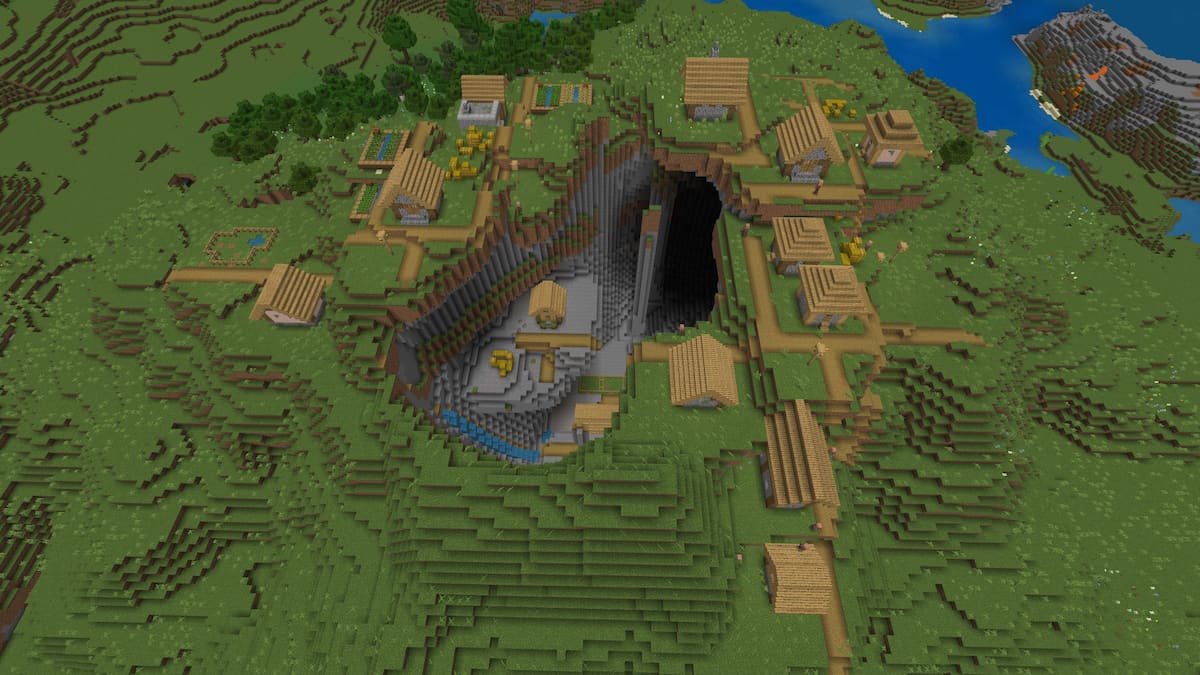
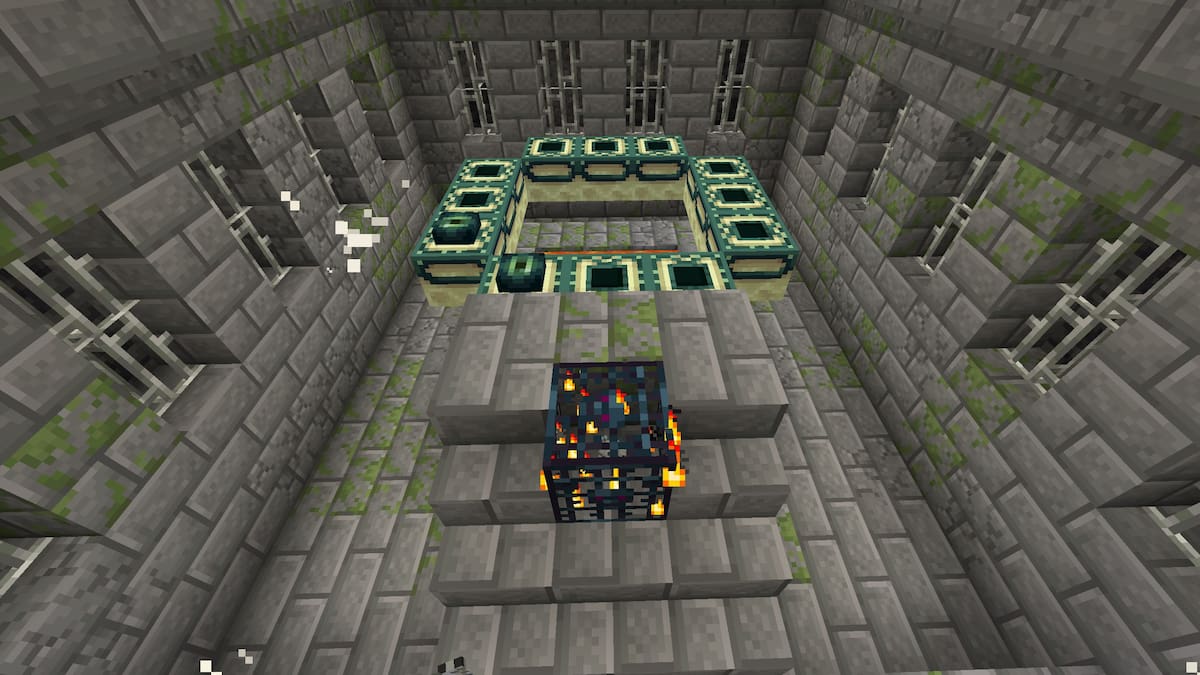
Published: Nov 16, 2023 08:53 am